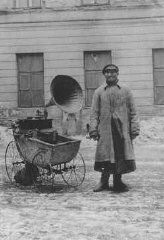You searched for: ������������������������������wjechac���aptao168���play
<< Previous | Displaying results 1-10 of 284 for "������������������������������wjechac���aptao168���play" | Next >>
-
Romani (Gypsy) children play outside at the Jargeau camp
PhotoRomani (Gypsy) children play outside at the Jargeau internment camp. The camp was established in response to a German order in October 1940 calling for the arrest and confinement in camps of all Frenchmen or foreigners in the Loiret region who did not have a permanent residence. Jargeau, France, 1941–45. Conditions in the camp were extremely poor and the lack of sanitation facilities led to the periodic outbreak of epidemics.
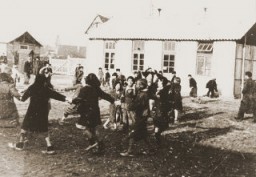
-
Sandor (Shony) Alex Braun describes playing the violin for SS guards in Dachau. after two prisoners before him had been killed
Oral HistoryShony was born to religious Jewish parents in a small Transylvanian city. He began to learn the violin at age 5. His town was occupied by Hungary in 1940 and by Germany in 1944. In May 1944, he was deported to the Auschwitz camp in Poland. He was transferred to the Natzweiler camp system in France and then to Dachau, where he was liberated by US troops in April 1945. In 1950, he immigrated to the United States, and became a composer and a professional violinist.
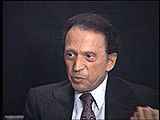
-
Hidden Children: Daily Life
ArticleSome Jewish children survived the Holocaust by hiding or living under disguised identities. Learn more about their experiences while in hiding.
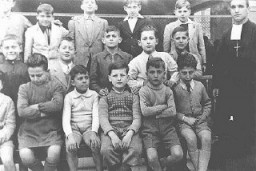
-
Ernst Toller
ArticleErnst Toller was one of the best-known German dramatists of the 1920s. He wrote against Nazism, and was among those whose works were burned under the Nazi regime.
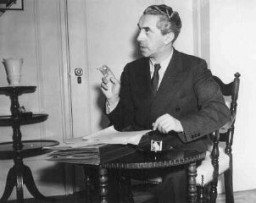
-
Ben Hecht
ArticleAmerican-Jewish journalist and author Ben Hecht co-wrote the We Will Never Die pageant and advocated for the rescue of Jewish victims from Nazism. Learn more.
-
History of the Jewish Community in Kalisz: 12th Century to World War I
ArticleOne of the oldest cities in Poland, Kalisz played a pivotal role in Polish Jewish history. Learn about the Jewish Community in Kalisz from the 12th Century to WWI.
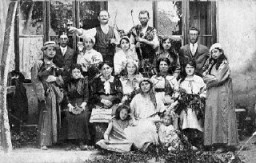
-
Bertolt Brecht
ArticleBertolt Brecht was a leading German dramatist, well known for his political films and plays. His works were burned during the Nazi book burnings of 1933. Learn more.
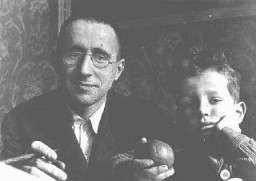
-
Women during the Holocaust: Photographs
Media EssayView photos connected to the experiences of women during the Holocaust, as well as the important role women played in resistance activities.
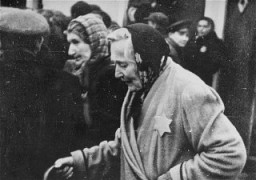
-
Refugee boys in Iraqi Kurdistan
PhotoRefugee boys from Syria play on old tents in the Domiz refugee camp outside Duhok, Iraqi Kurdistan. September 5, 2015.
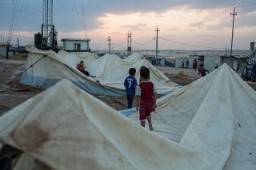
-
Poverty in the Warsaw ghetto
PhotoA Jewish man attempts to make a living by playing music on a gramophone, which he wheels around in an old baby carriage. Warsaw ghetto, Poland, wartime.
